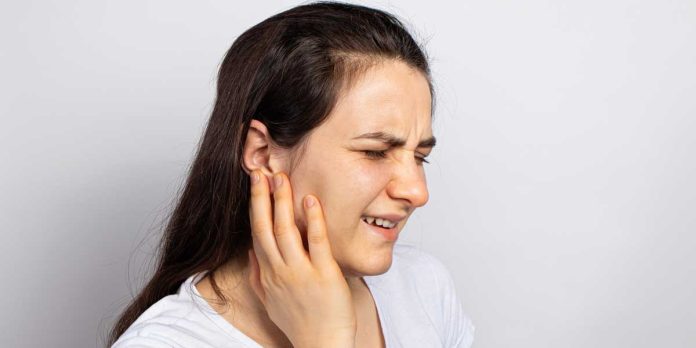Unraveling the Complexity of Temporomandibular Joint Disorder
Temporomandibular Joint Disorder (TMD) is a condition affecting the jaw joint and the muscles controlling jaw movement. It encompasses a range of symptoms, including jaw pain, clicking or popping sounds, and difficulty chewing. This article aims to provide a comprehensive overview of TMD, including its causes, symptoms, and available treatment options.
Causes of TMD: Heading: Exploring the Underlying Factors of TMD
Several factors can contribute to the development of TMD, including:
- Bruxism (teeth grinding or clenching)
- Jaw or tooth misalignment
- Trauma or injury to the jaw joint
- Arthritis affecting the TMJ
- Stress and anxiety leading to muscle tension
Symptoms of TMD: Heading: Recognizing the Signs of Temporomandibular Joint Disorder
Common symptoms of TMD include:
- Jaw pain or tenderness, especially during chewing or speaking
- Clicking, popping, or grinding sounds when moving the jaw
- Difficulty opening or closing the mouth fully
- Jaw stiffness or locking
- Headaches, facial pain, or earaches
Diagnosis and Evaluation: Heading: The Importance of Accurate Diagnosis
Diagnosing TMD involves a thorough assessment by a healthcare professional, which may include:
- Reviewing medical history and symptoms
- Physical examination of the jaw joint and surrounding muscles
- Dental evaluation to assess bite alignment and tooth condition
- Imaging tests such as X-rays, MRI, or CT scans to visualize the TMJ’s structure
Treatment Approaches: Heading: Tailored Solutions for TMD Relief
Several treatment options are available to alleviate TMD symptoms, including:
- Lifestyle Modifications:
- Stress management techniques like relaxation exercises or mindfulness practices
- Dietary adjustments to avoid hard, chewy foods that strain the jaw
- Posture improvement to reduce strain on the jaw and neck muscles
- Medications:
- Pain relievers such as NSAIDs or acetaminophen to alleviate discomfort
- Muscle relaxants to reduce jaw muscle tension and spasms
- Anti-anxiety medications for stress-related TMD symptoms
- Oral Appliances:
- Night guards or splints to prevent teeth grinding and reduce jaw clenching
- Occlusal splints to improve jaw alignment and reduce pressure on the TMJ
- Mouthguards for sports activities to prevent jaw injuries
- Physical Therapy:
- Jaw exercises to strengthen muscles and improve mobility
- Massage therapy to alleviate muscle tension and promote relaxation
- Heat or cold therapy to reduce inflammation and ease pain
- Dental Procedures:
- Orthodontic treatment to correct bite alignment issues
- Dental restorations such as crowns, bridges, or implants to restore damaged teeth and improve occlusion
- Botox injections to relax overactive jaw muscles and reduce pain
Conclusion: Heading: Enhancing Quality of Life through Effective TMD Treatment
TMD can significantly impact an individual’s quality of life, but with the right treatment approach, symptoms can be managed effectively. By understanding the causes, symptoms, and available treatment options for TMD, individuals can work with healthcare professionals to find relief and improve their overall oral health and well-being. With a comprehensive approach encompassing lifestyle modifications, medication, oral appliances, physical therapy, and dental procedures, individuals can regain comfort and function in their jaw joints, allowing them to enjoy life without the burden of TMD-related symptoms.
